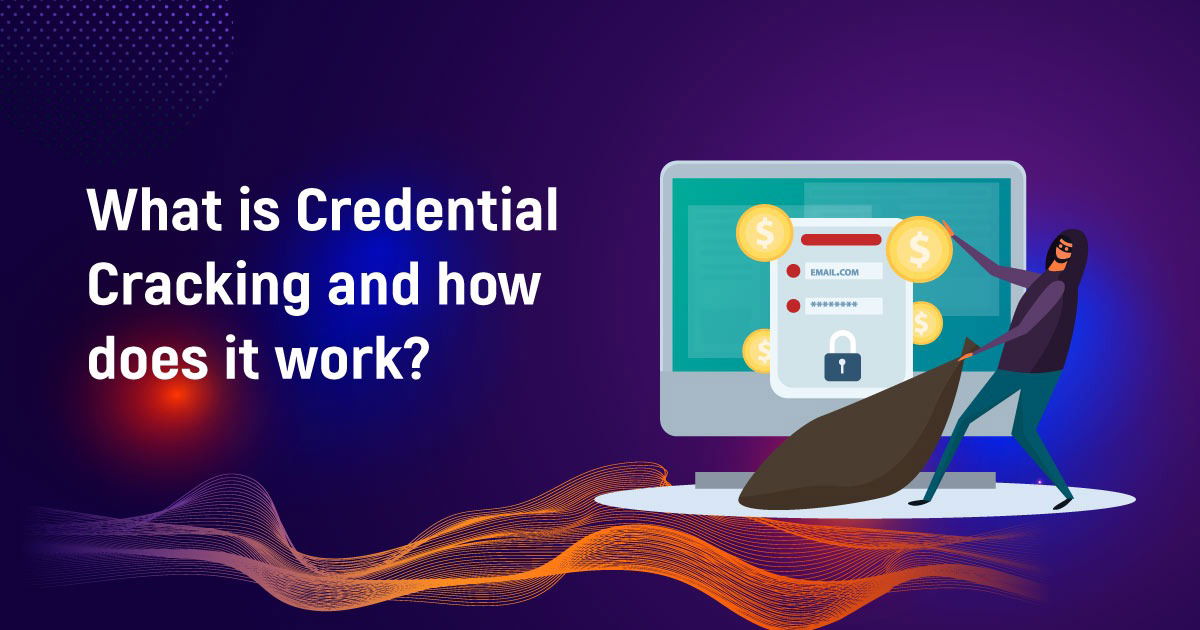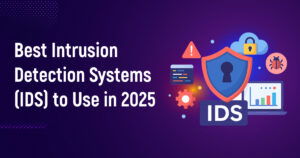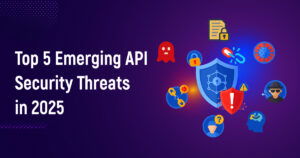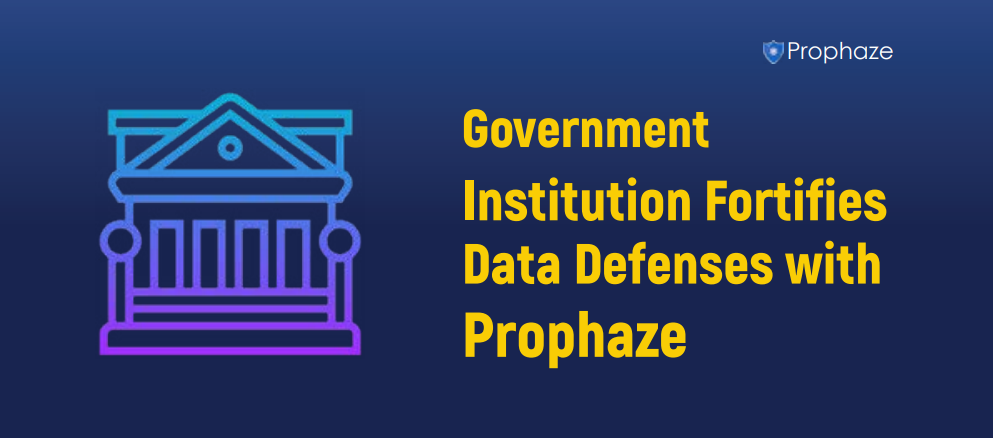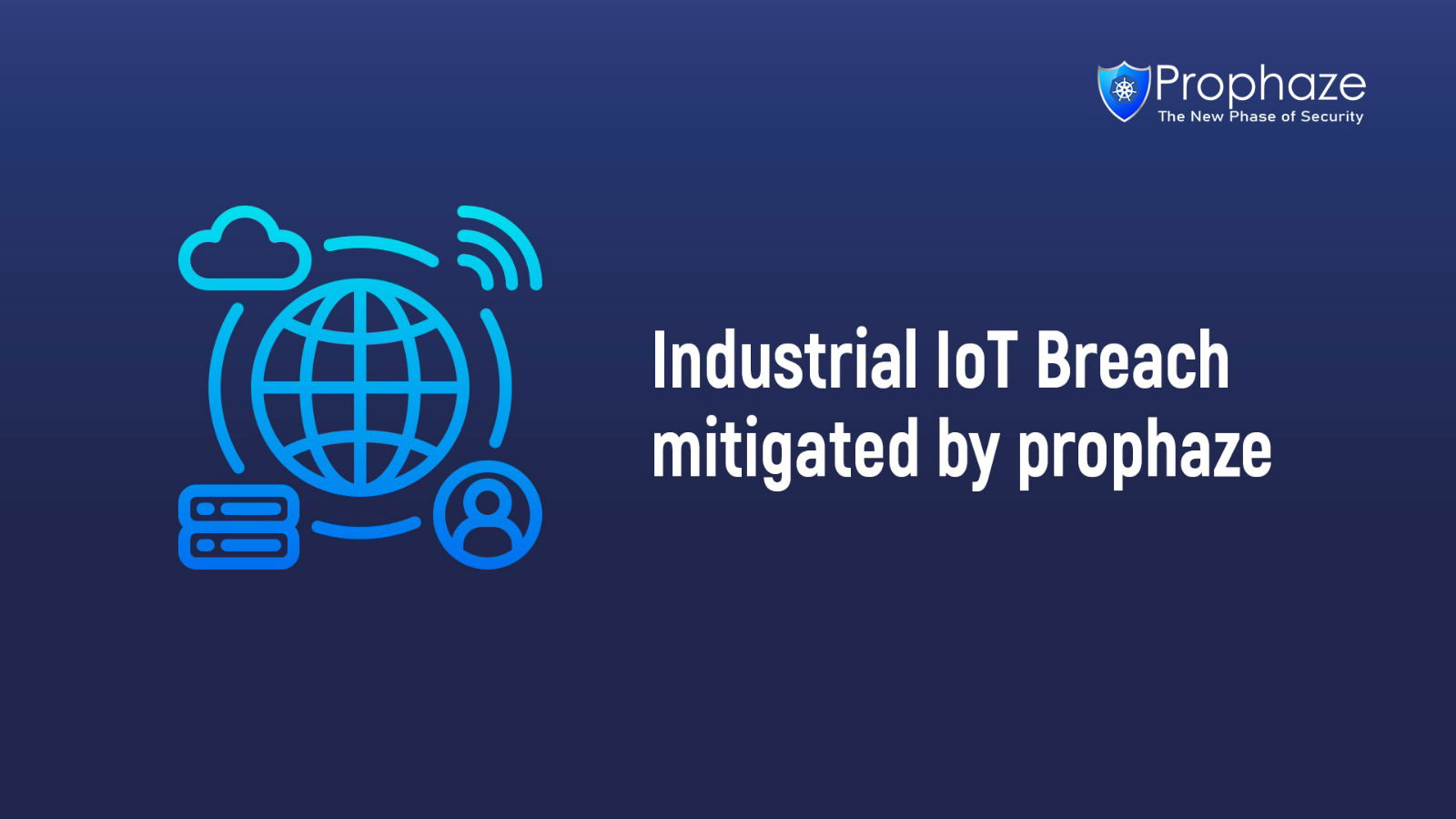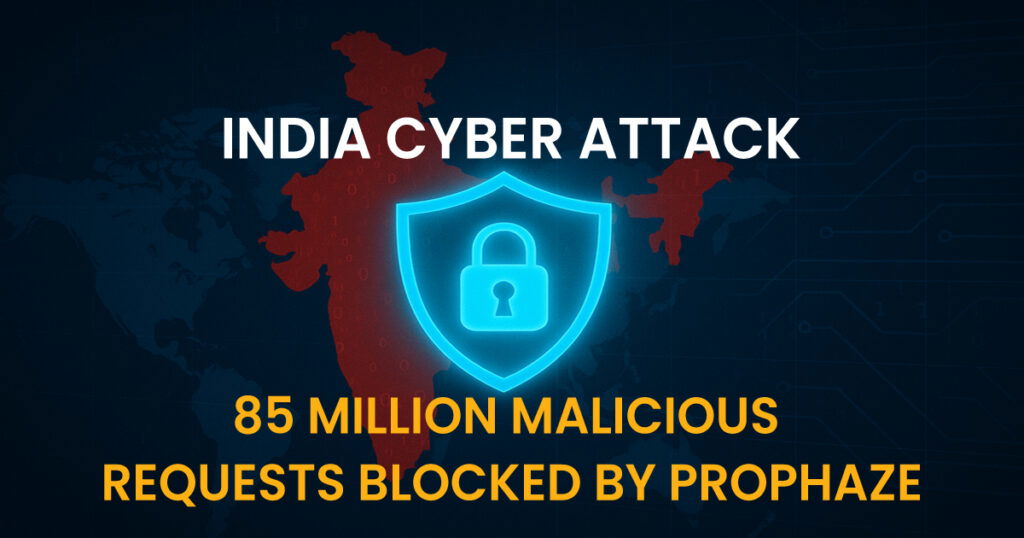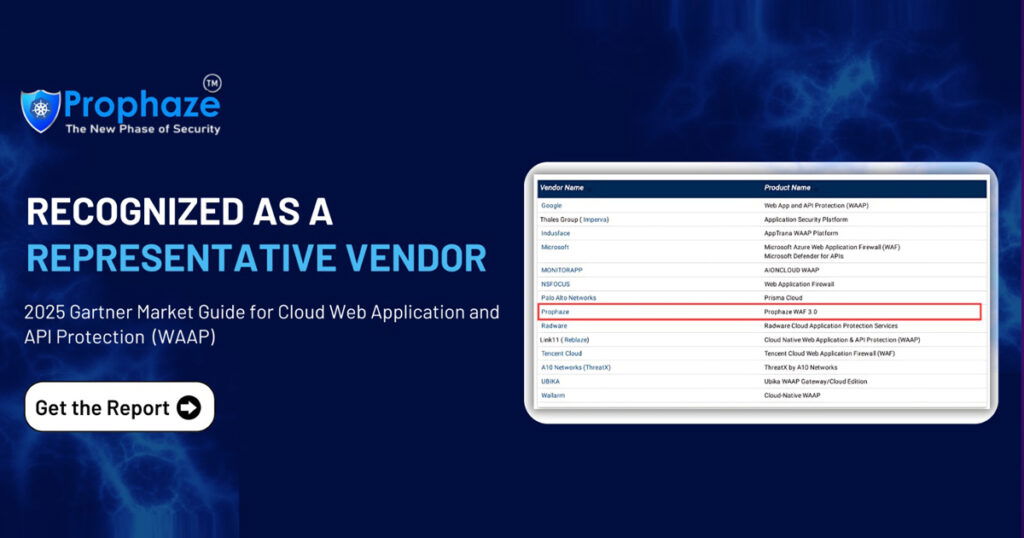What is called Credential in cyber security and its uses?
In cybersecurity, credentials refer to the information used to authenticate and verify the identity of a user or system attempting to access a computer or network.
Credentials typically consist of a username or user ID and a password, but can also include other forms of authentication, such as biometric data, security tokens, or smart cards.
The use of credentials is critical in cybersecurity as it ensures that only authorized individuals or systems can access sensitive data or networks.
In this blog, we will discuss about
-
What is credential cracking, how does it work?
-
What are the effects of credential cracking?
-
Which industries are affected by credential cracking?
-
How can companies protect themselves from credential cracking?
Credential cracking is a type of cyber-attack that involves guessing or cracking the passwords or other authentication credentials of a user or system. The goal of the attacker is to gain unauthorized access to a system or account by bypassing the security measures that are in place.
There are several techniques that attackers use to crack passwords and authentication credentials, they are
Brute force attacks:
In a brute force attack, the attacker uses software to try every possible combination of characters until the correct password or credential is found. It can be effective if the password is weak or easily guessable.
Dictionary attacks:
A dictionary attack involves using a pre-built list of commonly used passwords or phrases to try to guess the correct password or credential.
Rainbow table attacks:
In a rainbow table attack, the attacker uses a precomputed table of hashes to quickly match the password hash to the original password. This technique can be very effective if the password hash is weak or easily guessable.
Social engineering:
Attackers can also use social engineering techniques to trick users into revealing their passwords or authentication credentials. This could include phishing emails or fake login pages that appear legitimate but are actually controlled by the attacker.
What are the effects of Credential Cracking?
Unauthorized access:
Allows the attacker to steal sensitive information, modify data, or perform other malicious activities by cracking user’s password.
Data breaches:
If an attacker gains access to a system or application, they can steal sensitive data such as personal information, credit card details, or intellectual property.
Financial losses:
If an attacker gains access to an online banking system, they can transfer funds or make unauthorized purchases.
Reputational damage:
Loss of trust from customers, clients, or stakeholders.
Legal consequences:
In some cases, if an attacker steals sensitive information, they can be prosecuted for theft or fraud.
Which industries are affected by Credential Cracking?

Credential cracking is possible anywhere that the internet offers login options. However, some industries may be more prone to credential cracking attacks due to the nature of their business or the value of the information they hold.
Industries that are particularly vulnerable to credential cracking attacks include:
- Finance and banking
- Healthcare
- Education
- Retail Companies that store customer credit card information
- Government
- Technology
Almost all industries that use passwords or other credentials for authentication are potentially affected by credential cracking attacks.
Attackers also concentrate on business accounts with broad access privileges. Trade secrets and private information about the company are at risk.
Conclusion
In summary, to protect against credential cracking attacks, it’s important to use strong and unique passwords or credentials, enable multi-factor authentication where possible, and regularly update passwords and monitoring system logs for suspicious activity.

